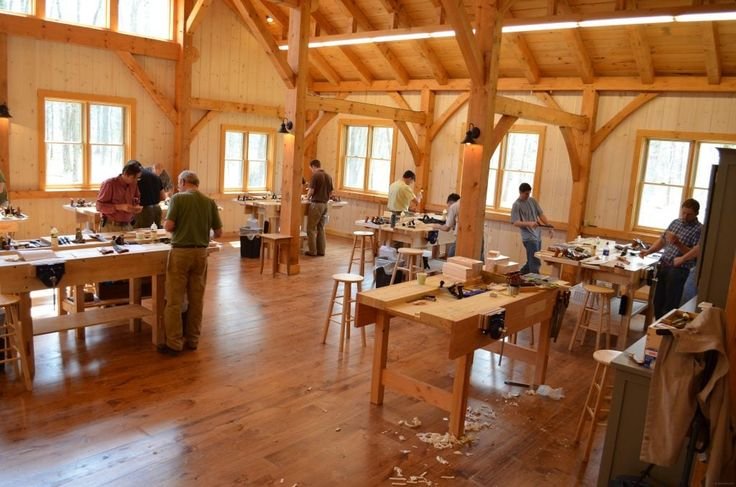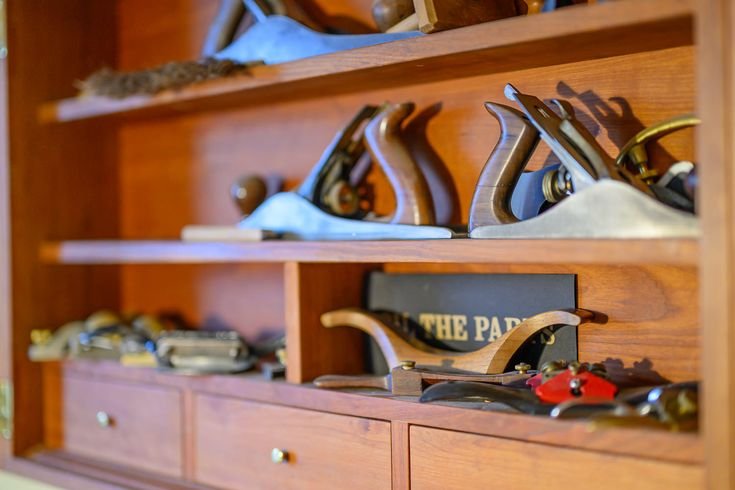Woodworking Whispers: A Router’s Tale
Ah, nothing quite like a crisp morning with a cup of coffee in hand, the kind that has you leaning a little too close to the table just to savor the steam curling up in the sunlight streaming through the windows. It’s my little sanctuary—the garage. And let me tell you, I’ve had my fair share of adventures in there. I’d like to share a story about one unruly tool that turned into quite the companion over the years: the woodworking router.
I remember the day I decided to dive deeper into the world of woodworking. It was one of those days, you know? The kind where the sun is bright, the birds are chirping, and you just feel that itch to create. So, I marched my way down to the local hardware store—small town, so you know everyone’s got a friendly face. I’m sure the clerk saw my excitement and thought, “Here comes another enthusiast ready to tackle the big leagues.” Spoiler alert: I wasn’t ready. Not by a long shot.
I picked up a cheap, entry-level router. The brand was—let me see if I remember—something like Ryobi or maybe a Craftsman. Either way, it was orange, and anything orange in the toolbox looks downright professional in my opinion. I guess my logic was that if it looks good, it must work well.
Now, I’d watched a couple of videos, you know, the ones with those hip guys in flannel showing off tricks like it was a walk in the park. And honestly? I thought I could just waltz into the garage, fire up that router, and craft beautiful edges like I’d been doing it for years. How naive of me.
The First Cut
That first day, I got all set up with some pine boards. Pine. Soft and easy to work with, right? It had that lovely smell that reminds you of family picnics and summer evenings. I can still picture myself, goggles on, ear protection, and all, standing there trembling with excitement—and a bit of fear, if I’m honest.
As I powered up the router, it roared to life with a sound like a satisfied growl, vibrating in my hands. But, oh boy, the moment that bit hit the wood, I realized I wasn’t in control. I almost jumped out of my skin as it snagged hard! I suppose the mixture of inexperience and that feisty router bit was a notorious combination that day. The project turned into chaos pretty quickly; I had gouges where I didn’t want gouges and the edges? Well, they looked like something a raccoon might’ve gnawed on.
You should have seen my face. I laughed out of sheer frustration, the kind of laugh that comes from a deep, “What have I done?” place. I almost gave up right then and there, thought about shoving that router into the back of the garage and forgetting about it all. But the stubborn part of me just couldn’t.
Lessons Learned
After deep breaths and a cup of that good coffee, I remembered the advice from my granddad. “You’ve got to tackle the learning curve, boy.” And boy, was he right. It took a while (and a whole bunch of wasted boards) but I started to understand the router better. Like, not just understanding how to turn it on and off, but really getting to know it—the delicate control of the speed settings, the way it glides if you let it, and how crucial a steady hand is.
I discovered that bit selection mattered too. My first router bit was dull before the end of that day. For future projects, I decided to invest a little more in some quality bits—those ones that cut through hardwoods like maple or oak with such smoothness, you’d think the wood’s been buttered. I remember my first successful pass through an oak board, the smell of fresh shavings filling the air, the sound of that router humming contently. It felt like victory, like I was finally in control. I was managing the machine instead of it managing me.
The Comeback
There was this one project I really wanted to undertake — making a dining table from reclaimed barn wood. Ah, the character in that wood! It had screws, nails, and rough spots that could tell stories if only they could talk. I put so much thought into the design, drawing sketches over breakfast, but when I finally got to the assembly, I had serious trouble blending those edges. The router came to my rescue again—slow, methodical passes, little adjustments here and there. And when I finally sanded it down to a buttery finish, I was standing there, grinning like a fool.
When it was time for that first dinner on the new table, that feeling was something else. Family gathered around, the lights dimmed, and there we were, laughing and sharing tales—all around a table that almost didn’t exist. It felt like a bridge from my wild ideas to something real. And all thanks to that trusty router!
Final Thoughts
If you’re thinking about picking up a router—or any woodworking tool for that matter—let me give you a little friendly nudge: just go for it. Allow yourself to mess up a few times; those mistakes are the parts where all the lessons hide. I really wish someone had told me that earlier. Woodworking isn’t just about precision; it’s more about adventure and patience. And when you find that groove, when those pieces of raw lumber start transforming into something usable, it’s just about the best feeling in the world.
And you know what? You’ll chuckle about the times you almost gave up, shaking your head at the memory, but it all becomes part of the journey. So steep back, grab your favorite drink, and let those tools take you on a ride!










